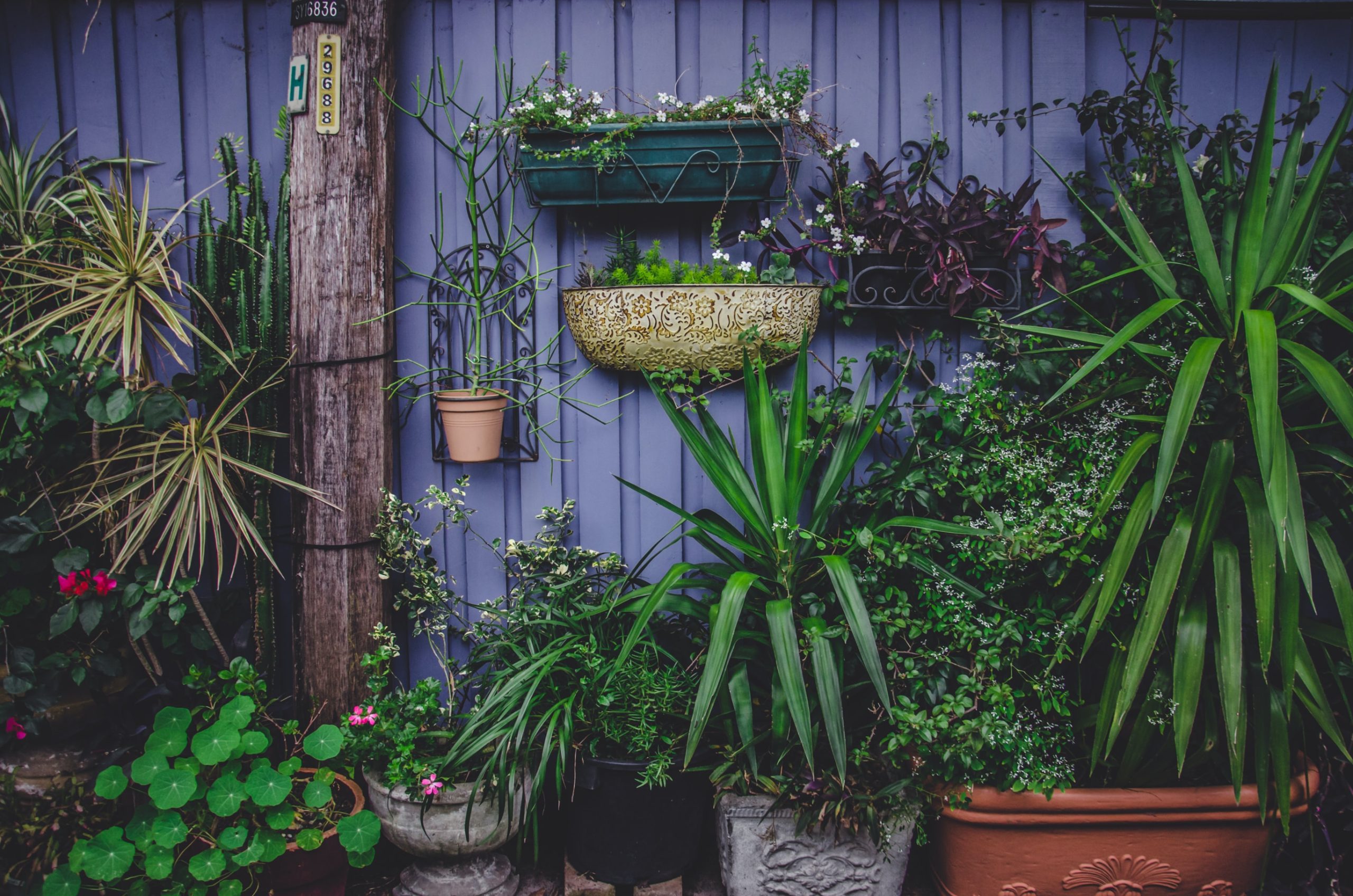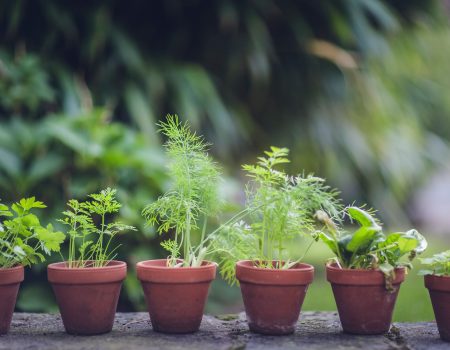Particularly when it comes to growing vegetables and herbs, many gardeners see shade as a curse rather than a blessing. Even though you might think that all herbs need the sun to rise, many do not. Your plant options are slightly more constrained than those of gardeners who work in full sunlight, but many edible plants, including herbs, can tolerate—and even benefit from—being in the shade.
This list of herbs that grow without direct sunlight will be helpful if you have a shaded garden or live in an apartment in the city. These low-light plants can live in the absence of light!
The best herbs that don’t require direct sunlight are listed below, along with their names:
Approximately 80% of the world’s population relies on herbal medicines for some part of their primary health care, particularly in developing countries where traditional medical practices are integral to cultural health systems
1. Mint

Mint is used to make tea or added to salads and other dishes; there are many delicious varieties to try. This herb prefers shade, but its flavor may be less intense than when grown in the sun. Purchase small pots to plant outside in the spring or summer.
2. Dill

Dill works well in salads because of its delicate leaves and light, distinct flavor. Additionally, it is used in sauces instead of tarragon and parsley. Direct sow in the spring for summer harvests.
A study found that about 35% of U.S. adults reported using at least one herbal supplement, with the average user taking approximately 2.6 different herbal products
3. Sweet Cicely

This perennial herbaceous plant, also known as garden myrrh, sweet chervil, sweet cicely, and myrrh, is a member of the celery family. It has a sweet, anise-like flavor with celery undertones. The seeds and leaves are used to flavor desserts and baked goods.
4. Wasabi

Wasabi is a Japanese herb that belongs to the mustard family. This herb is well-known for its use in a paste (made from ground rhizomes) served with sushi. In contrast to mature green leaves, which are used in “Ohitashi,” young leaves are best for salads and sandwiches.
We recommend you grow wasabi in a spot that is shaded from direct sunlight.
5. Chervil

The aniseed flavor of this annual herb is mild. To prevent chervil from going to seed, keep it watered and out of direct sunlight. Add finely chopped leaves to salads and dishes with chicken and fish.
See Also: 5 Reasons Why Successful Farmers Can’t Do Without Rototillers
6. Lovage

Lovage is a hardy perennial with large clumps and celery-flavored leaves. The leaves can be used to make a lovage-infused oil, as well as in fish dishes and soups.
7. Chives

Chive leaves and flowers are decorative and delicious, with a mild onion flavor. Fresh chives are ideal for various dishes, including herb butter and filled baked potatoes.
How Much Sunlight do Herbs Need?
The amount of sunlight required by herbs varies depending on the variety. However, because we grow most of them for their leaves rather than their fruits or flowers, many do not require full sun.
SEE ALSO: How Fast Does Rice Grow? Expert Answer!
Several can thrive with less than 8 hours of sunlight per day. Some will even thrive with only 4 hours of direct light.
Tips To Grow Herbs In The Shade
Low-light gardens present several unique challenges. Growing herbs in the shade require more than just planting and watering. Follow these guidelines for the best results.
- Don’t overwater – Herbs in the shade require less water than those in full sun, and they despise wet soil. Allow them to dry out a little more between waterings.
- Monitor their growth – When plants become tall and leggy, they require more light. Pinching them back regularly will keep them bushier, but you may need to relocate them to a sunnier location.
- Choose the suitable varieties – If you want more options than those on this list, look for types that prefer cooler weather, will bolt in hot weather and are harvested for the leaves rather than the flowers.
Conclusion
You can see that learning about these seven herbs that grow in the shade without getting direct sunlight is a great way to expand your knowledge of food. Each one offers something special to your garden and kitchen regarding taste and appearance.
References
8 Herbs that Don’t Need Direct Sunlight and Grow in Shade
18 Herbs That Grow In Shade [and Many More Plants!]
15 Easy-To-Grow Herbs That Actually Thrive in the Shade
Herbs That Can Grow Without Direct Sunlight
Top 7 Herbs That You Can Grow in the Shade
Disclaimer
This content on Bagrica is for informational purposes only. Consult a professional for pet care or farming advice. Bagrica is not liable for any actions taken based on this information.





No Comment! Be the first one.